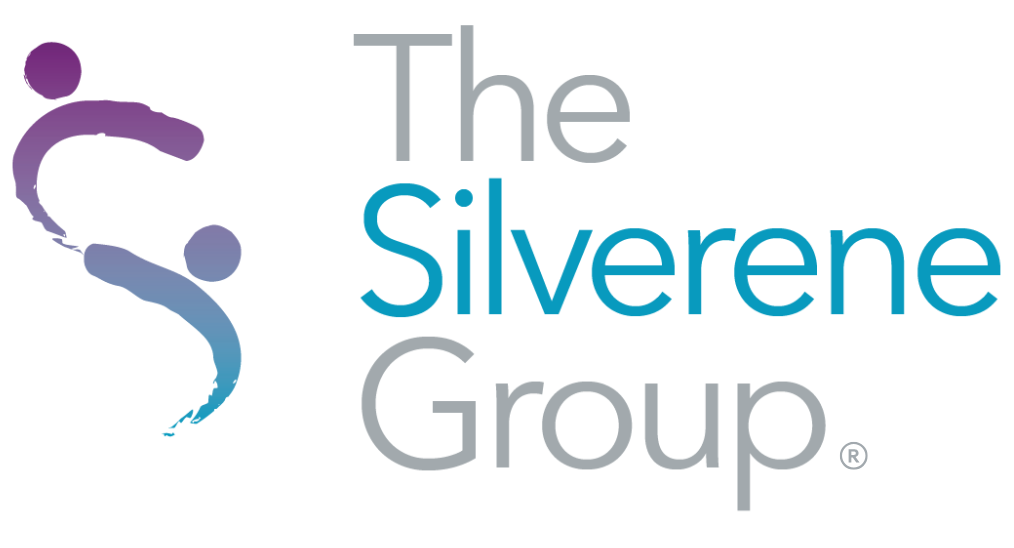
03 Dec From Surviving to Thriving: How to Build Resilience in Your Organization
Resilience is the quiet strength that allows us to navigate challenges, adapt to change, and emerge stronger. It’s not just about weathering storms but learning to sway with them — like a flexible pine tree that bends with the wind rather than breaking. When we inevitably stumble, resilience is what helps us stand back up, steadier than before.
In our experience working with organizations to bolster their cultures and cultivate resilience, we’ve noticed some overarching trends. One common misconception is that resilience means taking on more and powering through. In reality, it’s about working smarter, managing capacity effectively, and recognizing the importance of leaving room for the unexpected.
For instance, we’ve seen that planning to operate at 85–95% capacity is a sweet spot that allows for surge flexibility and prevents burnout. Resilience isn’t a test of how much we can bear; it’s a strategy for thriving amidst uncertainty and sustaining both productivity and well-being.
Boundaries Build Resilience
One of the most effective ways to build resilience is through strong time management and maintaining clear boundaries. We’ve seen organizations flourish when leaders and teams prioritize what truly matters. Not every task is urgent, and learning to identify what can wait is an underrated skill. For instance, scheduling emails to send during working hours not only manages expectations but also reinforces a healthier work culture.
Outside the office, personal passions are key to recharging. Whether it’s experimenting in the kitchen or taking on a DIY project, these moments remind us of the richness of life beyond work. Maintaining clear boundaries between work and personal life plays an integral role in long-term resilience.
Trust Fortifies Teams
In resilient organizations, trust isn’t just an abstract value — it’s a conscious practice. Teams thrive when leaders give credit where it’s due and own up to mistakes. Trust deepens when colleagues connect on a personal level, fostering an environment where collaboration feels natural and rewarding. In our work with countless organizations big and small, we’ve seen the transformative power of delegation without micromanagement. When team members are trusted to take ownership of their responsibilities, they rise to the occasion, and the organization becomes stronger as a whole. Leadership isn’t about control; it’s about fostering an ecosystem where everyone feels empowered to contribute.
Cultural Resilience Runs Deep
Building resilience at the cultural level requires more than rearranging processes or policies; it demands meaningful change. We’ve found that open, honest conversations lay the groundwork for true transformation. Empowering change champions across all levels of an organization and breaking down silos to encourage cross-department collaboration are vital steps.
Resilient cultures aren’t created overnight, but with intentional strategies and active participation, they can become mostly self-sustaining. Leaders who prioritize safe spaces for dialogue and who champion adaptability see results that ripple across their teams and business outcomes.
Embrace Resilience With Creativity and Play
Resilience doesn’t have to be a dry, academic exercise. In fact, one of the most exciting and effective approaches is incorporating creativity and play into resilience-building efforts. We like to incorporate activities like “Resilience Roulette,” where teams spin a wheel of unexpected scenarios to practice adaptive responses, or “Time Management Tetris,” which challenges individuals to fit tasks efficiently into their schedules, make growth engaging and fun.
For trust-building, treasure hunts that require collaboration and mutual support are a great way to bond and reinforce key values. Even something as lighthearted as “Culture Change Charades,” where teams act out positive behaviors to spark discussion, can leave a lasting impact.
Resilience Takes Time
Resilience is an ongoing process of reflection, adjustment, and growth. It’s cultivated through intentional effort: setting boundaries, building trust, and fostering a culture that values adaptability and teamwork. From our experience, organizations and individuals who embrace resilience emerge not just stronger but more connected, creative, and ready to face the future.
So, the next time some turbulence rolls in, remember: resilience isn’t about how hard you push. It’s about how gracefully you adapt and grow stronger in the face of challenges.
Image Credit: Aris Loeven from corelens via Canva



